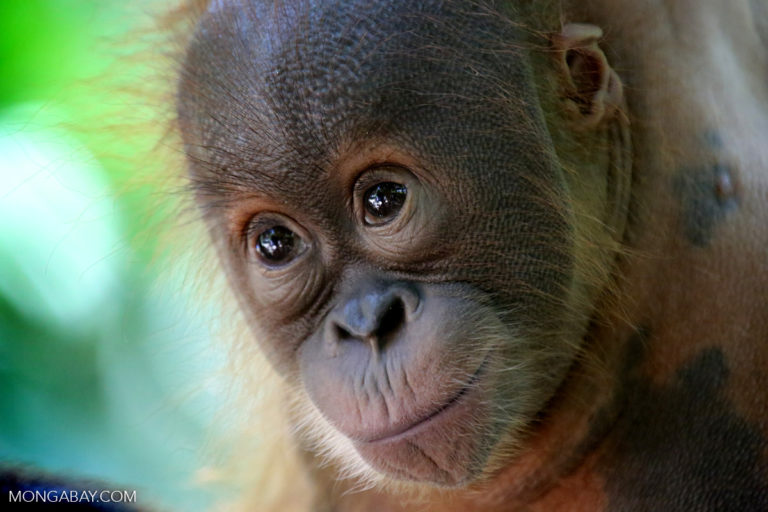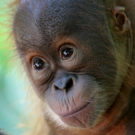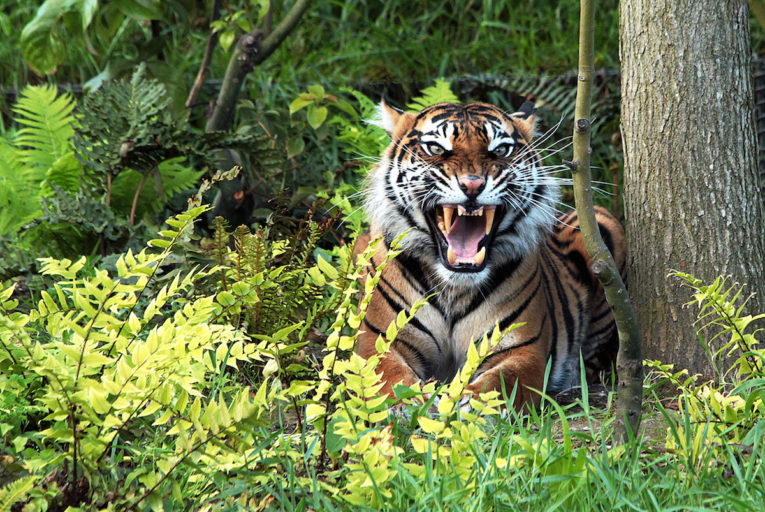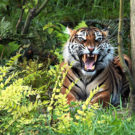The African forest elephant (Loxodonta cyclotis) makes the Congo Basin rainforest what it is today. As a key seed disperser, its dietary habits help construct the giant carbon-sequestering tree community…
How much does it cost to protect the Congo Rainforest? Where does the money come from? Who pays and how is that money used? What models of forest protection work?…
The Democratic Republic of Congo (DRC) produces around 70% of the global supply of cobalt and it is also Africa’s leading producer of copper. Despite the billions of dollars in…
On this episode of the Mongabay Explores podcast, Terese Hart, a researcher with the ICCN (the Congolese Institute for the Conservation of Nature); Gladys Kalema-Zikusoka, a wildlife veterinarian and founder…
The concept of a “pristine wilderness” is a flawed one, researchers argue, but this pervasive idea — one where human absence is required in order to preserve land — occupies…
The Congo Basin contains the world’s second-largest rainforest at a staggering 178 million hectares (just under 440 million acres). It is also one of the biggest carbon sinks on the…
For this bonus episode of the Mongabay Explores Podcast, we speak with Mongabay senior staff writer for Indonesia Basten Gokkon about the significance of the recent birth of a Sumatran…
The seventh and final episode of the Mongabay Explores podcast series about New Guinea examines the growing galip nut industry and the many social, economic and environmental benefits this agricultural…
The sixth episode of Mongabay Explores New Guinea shares what was learned from almost two years of investigative reporting by Mongabay, Malaysiakini, Tempo, Earthsight and The Gecko Project, plus what…
The fifth episode in the New Guinea series of Mongabay Explores looks at the various tree kangaroo species of New Guinea and their potential to drive conservation and income streams…
The fourth episode in the New Guinea series of Mongabay Explores uncovers the massive Trans-Papua Highway, the potential it has to deforest the largest protected area in Southeast Asia, and…
The third episode in the New Guinea series of Mongabay Explores covers the island’s unique birds-of-paradise, and their symbolism as ambassadors for both the island’s beautiful landscape, and also the…
The second episode in the New Guinea series of Mongabay Explores covers the struggles faced by Indigenous communities in Papua New Guinea to protect their customary land rights, and one…
It's difficult to overstate the enormity of biodiversity on the island of New Guinea. It contains over 13,000 endemic plant species (meaning these plants grow nowhere else in the world).…
'I'm amazed how resilient, adaptable and optimistic the people of Sumatra are,' conservationist and HAkA Sumatra founder Farwiza Farhan says in the first moments of this podcast episode about the…
When over a million hectares of carbon-rich peatlands burned in Indonesia in 2019, a public health crisis followed – the haze that results causes serious respiratory issues for humans and…
The Sumatran rhino is a cute but cryptic species that teeters on the brink: with an estimated 80 individuals left in the wilds of its super dense rainforest home, experts…
The Sumatran orangutan is in a difficult position, heavily dependent as it is on the Indonesian island's Leuser and Batang Toru ecosystems. This formerly lowland species has now adapted to…
The Sumatran elephant is a small Asian elephant whose numbers are dwindling as their lowland forest habitats are converted to uses like oil palm plantations. Experts say that Indonesia has…
The Trans-Sumatran Highway is a $1.1 billion dollar project spanning 2,700 kilometers – from Banda Aceh in the north to Bandar Lampung in the south – and is designed to…
North Sumatra is home to 1 of only 8 known great ape species in the world, the newly described Tapanuli orangutan, first classified in 2017 after its habits and DNA…
Sumatra contains some of the largest tracts of intact rainforest left in the world, and is also at the center of a complicated web of deforestation drivers, many of which…
The Sumatran rhino, like the land that it inhabits, is unlike anything else in this world: small in stature and docile by nature, the animal sports a coat of black…
"Sumatra is like a fossil relic of rare species...a giant, rhino horn-shaped island blanketed in the richest rainforest you can imagine...there's just nothing like it," biologist Greg McCann says on…
Hellbenders are North America’s largest salamanders, living in rivers and growing to an incredible length of over two feet. Eastern newts are tiny and terrestrial, but both are susceptible to…
The U.S. is home to the world’s highest diversity of salamander species, many of which are thought to be susceptible to the fungal pathogen Batrachochytrium salamandrivorans or 'Bsal' for short.…
North America and the U.S. in particular is the world’s hotspot of salamander diversity, hosting about a third of all species, so researchers are concerned about the potential landfall of…
Reporter Benji Jones and wildlife disease ecologist with United States Geological Survey, Daniel Grear, join this special edition of Mongabay's podcast to discuss the hunt for Batrachochytrium salamandrivorans (Bsal) in…
Mongabay senior editor Morgan Erickson-Davis joins this special edition of our podcast to provide the interesting context for the 2018/2019 special series she produced on the potential 'Bsal' salamander pandemic…
Around 2008, a mysterious disease started killing off the fire salamanders in the Netherlands, and three years later, 96% were dead. That disease, Batrachochytrium salamandrivorans (Bsal), is a relative of…
































































